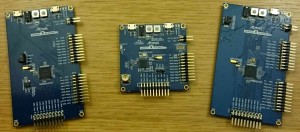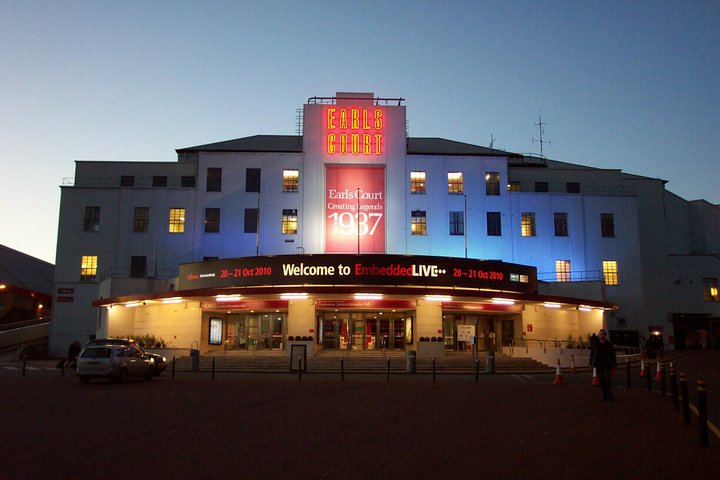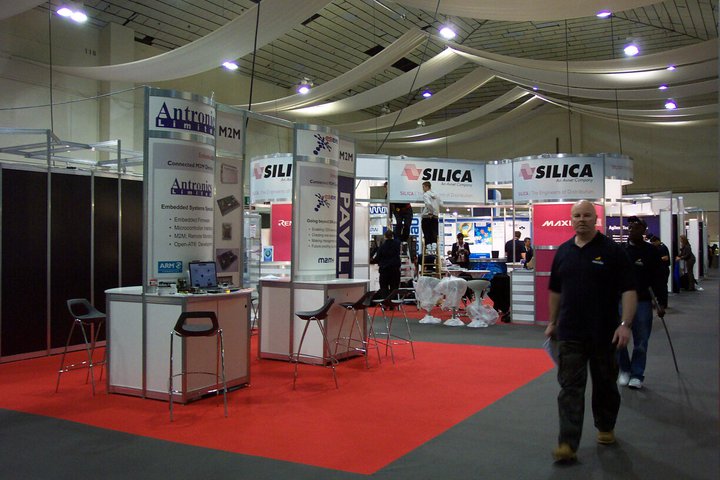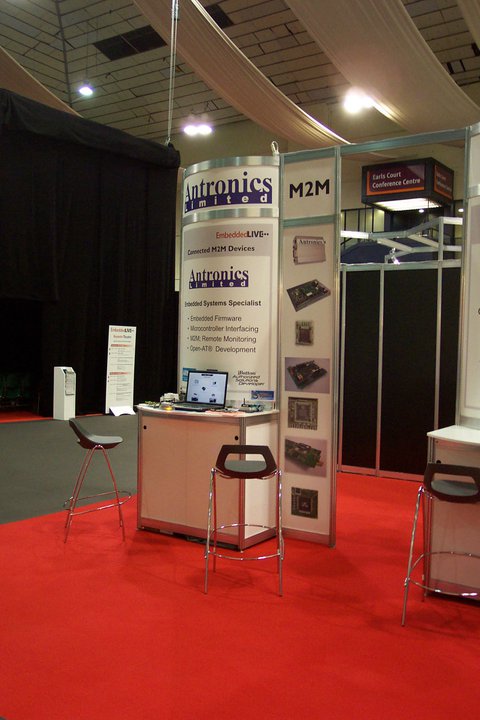There has always been a trade-off between high performance and low power. Nowadays, microcontroller makers try to combine high performance while running with low power when idle.
The Cortex-M0+ processor core from ARM is claimed as their “most energy efficient”, and forms the basis of a number of recent microcontroller products.
Atmel‘s SAM D20, D21, and R21 feature the Cortex-M0+ core – and we have been working with these for a while:
Recently, the nice people at Atmel have kindly sent us an early example of the new SAM L21 Xplained-Pro board – featuring their latest, lowest-power addition to this range – the SAM L21.
Two New Tricks added in the L21 to allow it to achieve even lower power levels than the D21 are:
1. Powering-down unused modules
The D21 allows module clocks to be stopped, to reduce dynamic power consumption – but this still allows leakage currents to flow. By cutting the power, the leakage is greatly reduced.
2. Variable core voltage
The L21 has two “performance levels”: at the lower level, the core voltage is reduced to save power but with limited execution speed; the higher level allows maximum speed, but consumes more power.
Of course, all these features are to no benefit if the application doesn’t make best use of them – and doing that can be no mean feat!
To aid in optimising the system power consumption, the L21 Xplained Pro board features the Xplained Pro Analogue Module (XAM) to enable current consumption to be measured via the on-board debug interface (EDBG):
Well, that’s enough writing for now – time to go off and give it all a try…





